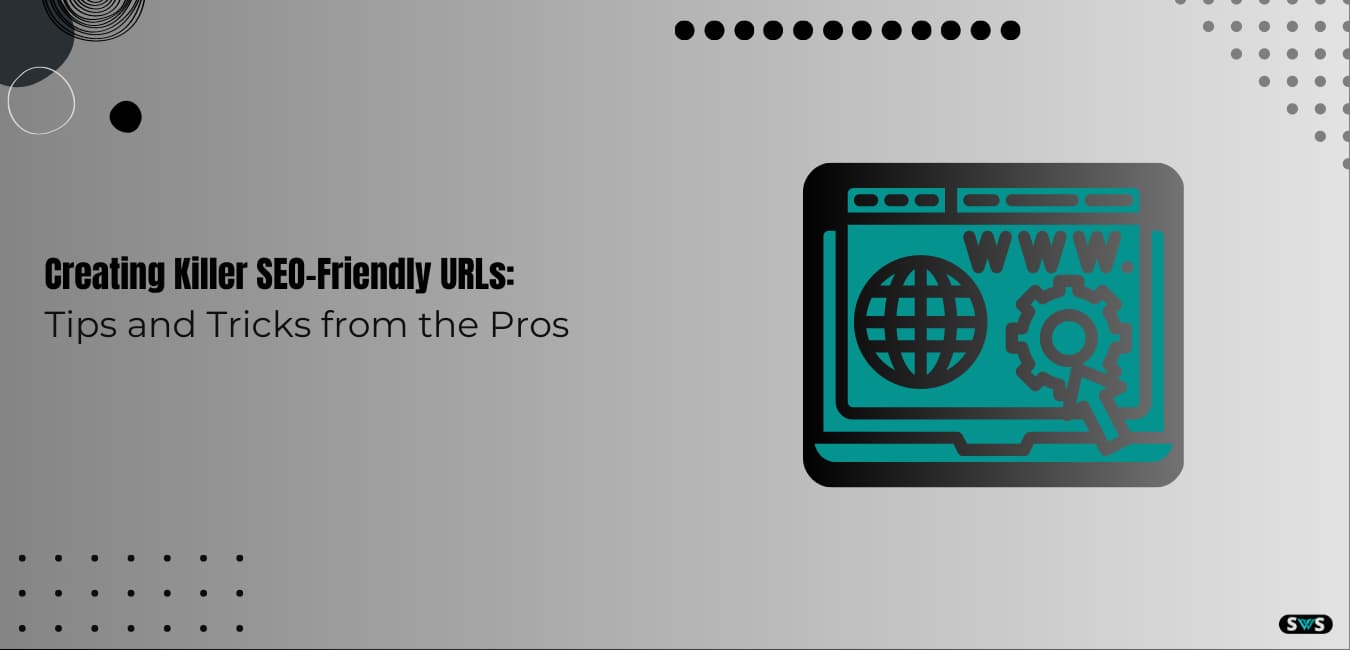Reading Time: 4 mins 49 sec
In this article, we will explore, how to target keywords with blog posts.
In brief,
- Understanding Search Intent
- Exploring Subtopics
- Crafting Compelling Content
- Optimizing On-Page SEO
In today’s competitive world, with millions of blog posts being published daily, it’s crucial to make your content stand out.
One powerful method to achieve this is through Search Engine Optimization (SEO).
SEO involves optimizing your content to improve its discoverability on search engine results pages.
To effectively harness the power of SEO, targeting the right keywords is essential.
In this article, we will explore how you can target keywords in your blog posts to increase your chances of ranking high on Google.
So let’s get started
Read This: How To Find High Volume Low Competition Keywords
Finding the Right Keywords
Before delving into the intricacies of keyword targeting, it is crucial to identify the keywords you want to focus on.
The first step in this strategy is to perform keyword research.
Tools like Ahrefs’ Keywords Explorer can be immensely helpful in this regard.
Image source: Ahrefs.com
Suppose we consider an example of a blog centered around tea.
To begin, we enter a broad term such as “tea kettle” and analyze the matching terms report.
For blog content, we can explore the Questions tab to find informational keywords.
To narrow down the options, applying a Keyword Difficulty filter with a low value, like 10, helps us identify low-difficulty keywords.
Image source: Ahrefs.com
For example, “how to clean stainless steel tea kettle” appears to be a promising keyword to target for this tutorial.
Read This: Local SEO For Real Estate Businesse
How To Target Keywords With Blog Posts
1. Understanding Search Intent
To optimize your content effectively, it is essential to understand the search intent behind users’ queries.
Search intent refers to the reason behind a searcher’s query.
By examining the search results for your target keyword, you can identify three critical aspects of search intent.
- Content-Type: Typical content types include blog posts, product pages, category pages, and landing pages.
- Content Format: Common formats encompass how-to guides, step-by-step tutorials, list posts, opinion pieces, reviews, and comparisons.
- Content Angle: This refers to the unique selling points of the top-ranking posts and pages.
Image source: Ahrefs.com
For example, when targeting the keyword “how to clean stainless steel tea kettle,” we observe that the content type is predominantly blog posts. The content format mostly revolves around how-to guides, while the content angle emphasizes both quality (e.g., “best” and “complete”) and speed (e.g., “short guide” and “easy way”). To optimize our blog post for this keyword, we should aim to create the best possible how-to guide on cleaning stainless steel tea kettles.
2. Exploring Subtopics
Once you have a clear understanding of search intent, the next step is to uncover subtopics that align with your target keyword.
Conducting a content gap analysis on top-ranking pages can help identify common keywords they rank for.
Using Ahrefs’ Content Gap tool, you can enter the URLs of these pages and analyze the results.
Image source: Ahrefs.com
For our example, we discover that discussing electric kettles, descaling kettles, and a vinegar cleaning solution would be valuable subtopics to include in our blog post.
Read This: How To Use ChatGPT For SEO
3. Crafting Compelling Content
When it comes to creating content, it is essential to ensure it is not only of high quality but also easily digestible for your readers.
Here are some valuable tips to achieve this:
- Write in short sentences and paragraphs to avoid overwhelming the reader with walls of text.
- Incorporate relevant images and GIFs to support your points and enhance the overall reading experience.
- Include elements like tables of content, lists, bullet points, and summaries to facilitate easy skimming.
- Employ simple language to ensure your readers understand the content without difficulty.
- Use descriptive subheadings to guide your readers through the different sections of your blog post effectively. For example, instead of a subheading like “Supplies,” opt for something more descriptive like “What You’ll Need to Clean Your Tea Kettle.”
4. Optimizing On-Page SEO
On-page SEO plays a crucial role in helping your web pages rank higher on search engines.
While it may not be sufficient on its own to compete for highly competitive keywords, it provides an opportunity to communicate the content’s relevance to search engines.
Some best practices for on-page SEO:
- Incorporate your target keyword in the title and H1 tag to signal its importance to search engines and indicate to readers that they are in the right place. For example, a suitable title could be “How to Clean a Stainless Steel Tea Kettle (in 3 Simple Steps).”
- Whenever possible, include your target keyword in the URL slug while keeping the URL concise and descriptive. For example, “how-to-clean-stainless-steel-tea-kettle” would be an appropriate URL.
- Internal linking is valuable for both passing link equity to other pages and helping readers discover related content on your site. Linking to relevant pages, such as a post on descaling tea kettles, enhances the overall user experience.
- Ensure that your images have descriptive alt texts, as this provides additional context to search engines about the content of the image.
By implementing these on-page SEO practices, you can effectively communicate the relevance and value of your content to search engines.
Read This: Which Is Best CMS For Website
Conclusion
In this article, we will above discuss, how to target keywords with blog posts.
Targeting keywords is a crucial aspect of optimizing your blog posts for search engines.
By conducting thorough keyword research, understanding search intent, exploring subtopics, and crafting compelling content with proper on-page SEO techniques, you can enhance your chances of ranking high on Google’s search results.
Remember, creating unique, valuable, and reader-friendly content is key to standing out in the vast sea of blog posts.
With strategic keyword targeting and effective SEO practices, your blog can attract more readers and gain the visibility it deserves.
If you like this article please share and comment.
Read Also
- Top 65 Technical SEO Interview Questions And Answers
- Does Bold Text Help SEO
- How To Create The Perfect H1 Tag For SEO
- Google Announces Five Changes Coming To Mobile Search
- Benefits Of Using Semrush
FAQ
What are the best keywords for SEO blog?
The most effective keywords for blogs include questions, informational terms, informal language, FAQ-style questions, etc. To reach a large audience, a good SEO plan should include a variety of keywords. Here are some suggestions for expanding your keyword strategy: Questions.
How do I choose keywords to target?
Study the competitors.
Identify long-tail keywords.
Use tools for keyword research.
Examine the results.
Why would bloggers tag posts with keywords?
By adding keywords to your tags, you help search engine bots in finding and categorizing your postings. That makes it simpler for new people to find your blog.
How many times should I use a keyword in a blog post?
The basic rule of thumb is to use specific keywords no more than five times in a typical blog article, however, this is more of an art than a science. Anything else can come off as spam to the reader and hurt their experience.
How do you integrate keywords in a blog?
Step 1: Finding keyword opportunities. Prior to targeting anything, you must ascertain which search phrases are most likely to attract relevant visitors.
Step 2: Focus on a specific topic.
Step 3: Write and edit your post.
Can I use the same keyword in multiple blog posts?
A search engine does not consider your site to be more relevant for a term just because the same phrase is targeted on many pages of your website. In fact, it might be off-putting when many online pages appear to be excessively identical to one another.
What is an example of a target keyword?
Target keywords are terms or phrases that individuals specifically employ to find information. They usually consist of statements about your company rather than specific brand terms. As an illustration, the brand keyword “Semrush” However, Semrush has identified “competitor analysis tools” as a pertinent target term.



